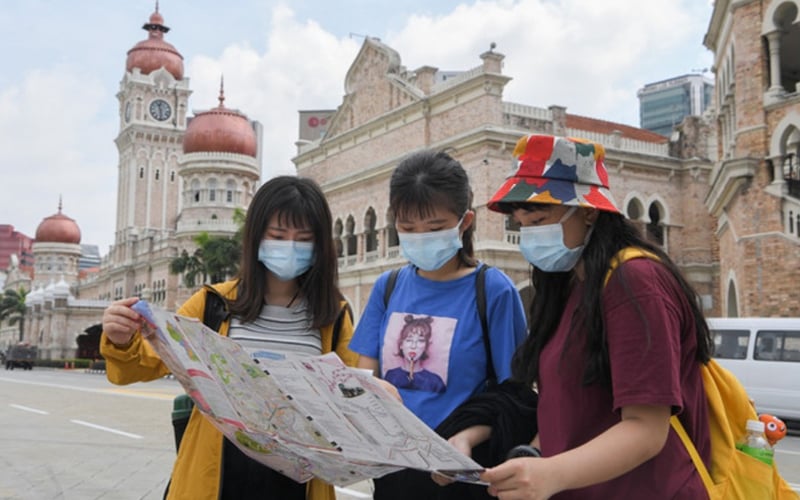
PETALING JAYA: Experts believe Malaysia’s recent move to allow visa-free entry for Chinese and Indian nationals will have an immediate and positive impact on the country.
Bank Muamalat chief economist Afzanizam Abdul Rashid said facilitating the entry of tourists from larger economies would have an immediate spillover effect on the domestic economy.
He said an increase of 1% in tourist spending will see Malaysia’s gross domestic product (GDP) go up by 1.4%.
“Foreign tourists typically allocate their spending to shopping (33.6%), accommodation (24%), food and beverages (13.3%), local transportation (7.6%), and organised tours (6.3%),” said Afzanizam.
Sarawak Matta vice-chairman Mok Venia agreed, saying the increase in arrivals would create new spending patterns and contribute to the growth of the economy.
Mok said she expects foreign tourist arrivals in the country to double, adding that Malaysia has a competitive advantage over its regional neighbours due to a “favourable” local currency.
The duo’s comments follow Prime Minister Anwar Ibrahim’s announcement last month of a 30-day visa-free entry into Malaysia for visitors from China and India, effective Dec 1, following a similar move by Thai counterpart, Srettha Thavisin.
Published statistics indicate that Malaysia welcomed 9.16 million tourists from January to June this year, reflecting a 329.6% increase compared with the corresponding period last year.
These tourists brought in approximately RM30.12 billion in receipts, equivalent to RM3,288.19 in per capita spending.
Announcing Budget 2024 in October, Anwar set the targets for arrivals and receipts next year at 16 million persons and RM49.2 billion, respectively.
As of August 2023, foreign tourist arrivals in the country have hit 13 million.
Anwar, who also serves as the finance minister, had surprised many by postponing Visit Malaysia Year by one year to 2026. He said this was to give tourism players more time to prepare and promote the country.
For 2026, the government aims to achieve 26.1 million tourist arrivals, expecting them to bring in up to RM97.6 billion in receipts.
Afzanizam also called on the government to create a niche tourism product by leveraging the country’s racial and cultural diversity, history and natural ecosystems.
“This niche will make us stand out in the eyes of tourists as our features cannot be replicated elsewhere,” he said.
He suggested that the government invest in creating historical narratives and reviving historical sites through engagement with archaeologists and historians.
“It can also instil a sense of unity and patriotism among Malaysians, thereby promoting a peaceful and cohesive society.
“This may include historical sites in Melaka, where the Chinese and Indian cultures are embedded in the state’s history,” he said.
Between 2008 and 2019, the share of Chinese tourist arrivals in Malaysia increased from 4.3% to 11.9%, while the share of Indian nationals coming into the country rose from 2.5% to 2.8%. - FMT



No comments:
Post a Comment
Note: Only a member of this blog may post a comment.